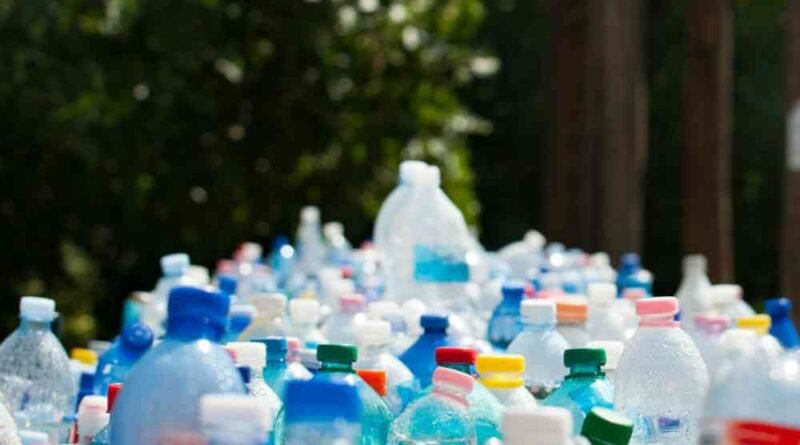What is Plastic? | Definition, Types and Applications
Plastic, one of the most versatile materials in the modern world, has revolutionized various industries and everyday life. From household products to advanced technologies, plastics plays an important role in shaping our world.
What is Plastic?
Plastics is a wide range of synthetic or semi-synthetic materials that use polymers as a main ingredient. The word plastic is not precise name for all available materials, so generally it is known as polymer. These polymers can be molded, extruded, or shaped into a wide variety of forms, making plastics highly adaptable and customizable.
Plastic is nonmetallic engineering material that can be shaped and formed. Plastics are the synthetic organic material of high organic molecular weight, which can be molded to any desired form when subjected to heat and pressure in the presence of catalyst.
The properties of plastics, such as flexibility, durability, and resistance to corrosion, vary depending on their chemical composition and manufacturing process. Plastics are made synthetically from basic chemical raw material called monomers. The long chain plastic molecule made from monomers is called polymer, by the process of polymerization.
Types of Plastic:
Here ae some of the types of plastics are as follows,
- Polyethylene (PE): Polyethylene or polythene is the most commonly used and produced plastic. It is the one of the most widely used plastic in the world, being made into products ranging from clear food wrap and shopping bags.
- Polypropylene (PP): Polypropylene is a type of polyolefin that is slightly harder than polyethylene. It is usually considered safe for humans. It is widely used in the applications of packaging, automotive, consumer goods, medical, etc.
- Polyvinyl Chloride (PVC): Polyvinyl Chloride is a high-strength thermoplastic material. It is the third-most widely produced synthetic plastic polymer in the world. It is widely used in applications such as pipes, medical devices, and wire & cable insulation.
- Polystyrene (PS): Polystyrene is a lightweight and insulating. It is a synthetic polymer made from monomers of the aromatic hydrocarbon styrene. It is widely used in packaging, disposable cups, insulation, and consumer electronics.
- Polyethylene Terephthalate (PET): Polyethylene Terephthalate is transparent, lightweight, and recyclable. It is mainly used in applications of packaging and textile production.
Applications of Plastic:
Here ae some of the applications of plastics are as follows,
- Plastics are widely used in packaging materials such as bottles, wrappers, containers and films due to their lightweight, durability, and cost-effectiveness.
- Plastics are used in automotive components such as dashboards, bumpers, seats, and interior.
- Plastics are used in construction materials such as pipes, insulation, roofing, and flooring.
- Plastics are used in a wide range of consumer products such as toys, household appliances, furniture and much more.
- Plastics are used in medical devices, packaging and medical equipment’s.
- Plastics are used in agricultural applications such as greenhouse films, irrigation pipes and crop nets.
Plastics transformed industries, revolutionized products, and improved the quality of our life. Their versatility, durability, and affordability make them use in various applications, from packaging and construction to automotive and healthcare.





